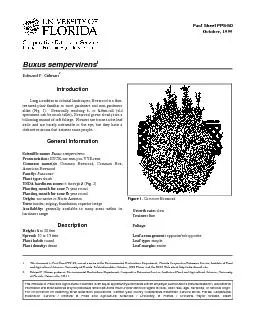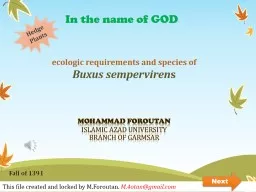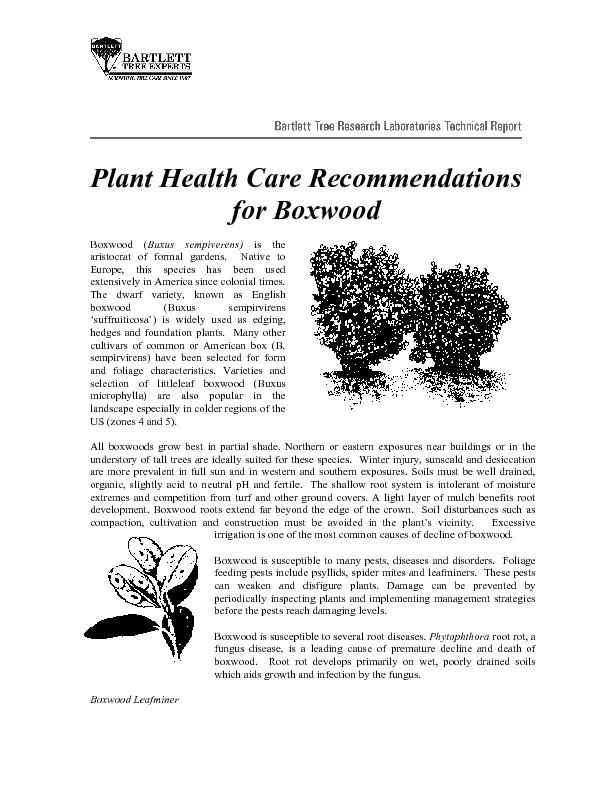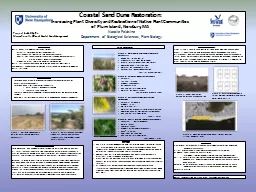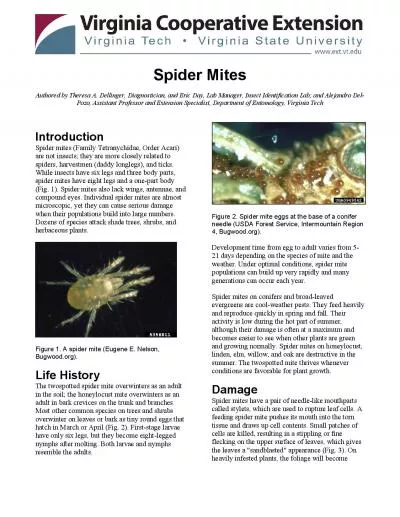PDF-Buxus sempervirens Common Boxwood Pa
Author : cappi | Published Date : 2021-06-29
g October 1999Figure 2 Shaded area represents potential plantin g ran g Leaf shape oblong ovateCurrent year stemtwig color greenLeaf venation none or difficult to
Presentation Embed Code
Download Presentation
Download Presentation The PPT/PDF document "Buxus sempervirens Common Boxwood Pa" is the property of its rightful owner. Permission is granted to download and print the materials on this website for personal, non-commercial use only, and to display it on your personal computer provided you do not modify the materials and that you retain all copyright notices contained in the materials. By downloading content from our website, you accept the terms of this agreement.
Buxus sempervirens Common Boxwood Pa: Transcript
Download Rules Of Document
"Buxus sempervirens Common Boxwood Pa"The content belongs to its owner. You may download and print it for personal use, without modification, and keep all copyright notices. By downloading, you agree to these terms.
Related Documents

